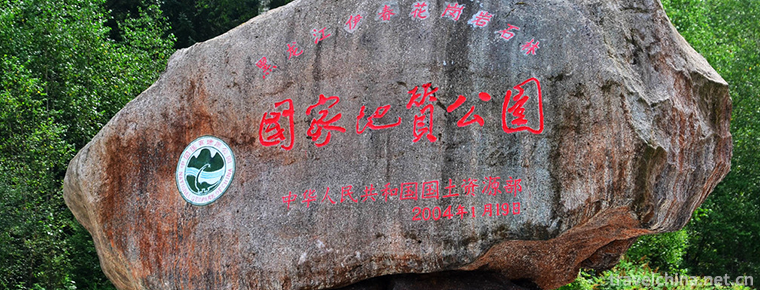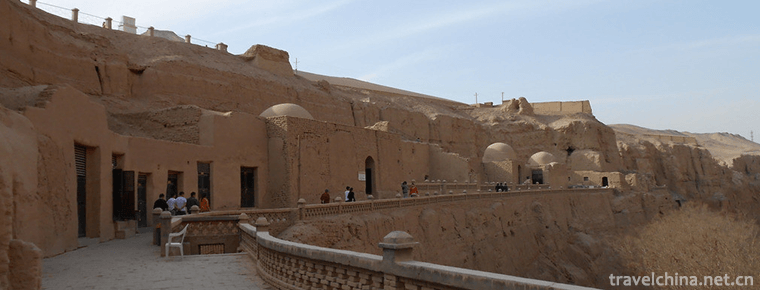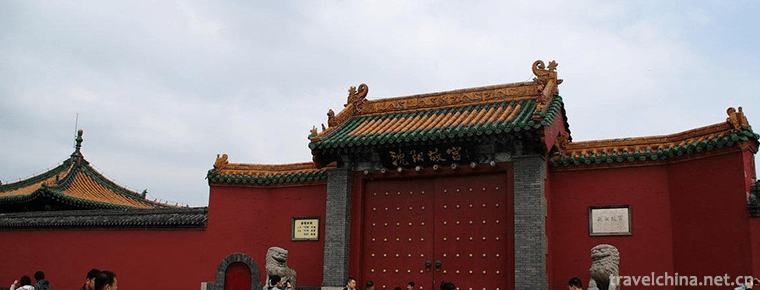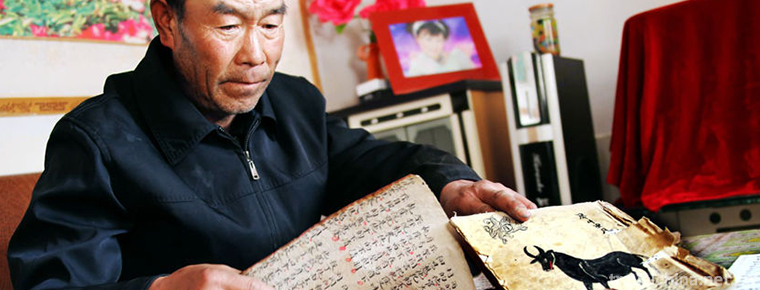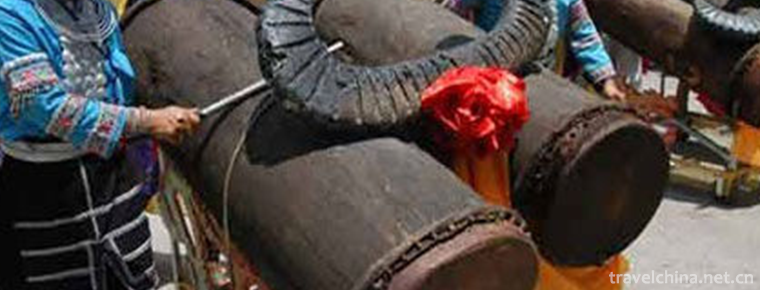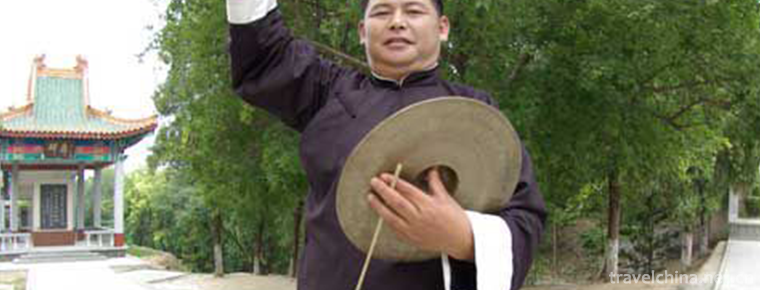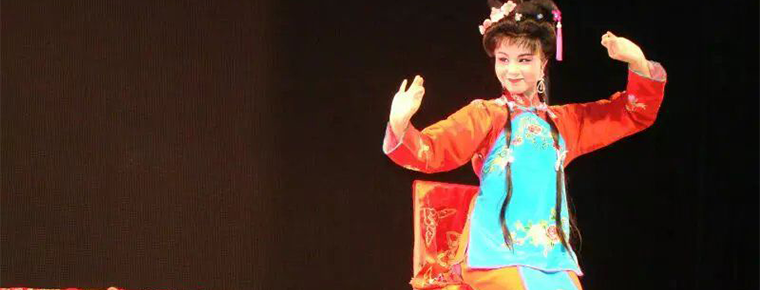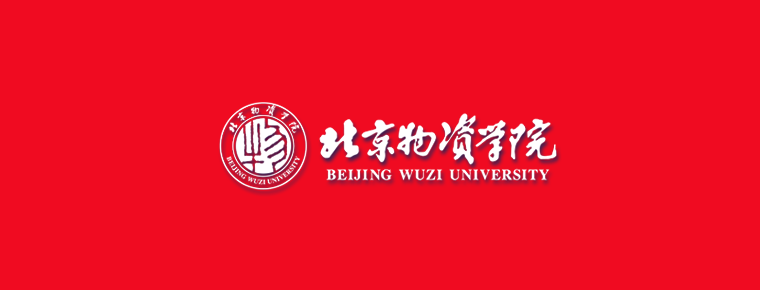Cutting Copper Dus Cutting Copper
Cutting Copper Dus Cutting Copper
Painting inscriptions on bronze pots, smooth lines; beautiful paintings of mountains and rivers on bronze plates, such as immersion... In many people's eyes, Du's bronze engraving, which can turn knife into pen, is similar to the craftsmanship of "ghost axe and magic workmanship" by means of shaping techniques such as inscriptions, Yang inscriptions and double hook shallow engraving, which makes landscape characters, flowers, birds, fish and insects, and regular grass seals "leap onto the bronze". In Du Ping's eyes, these are just "hammers hammering steel knives". One person, one hammer and one steel knife, seemingly without many secrets, but in the invisible interpretation of Fuyang Du's carving of copper, the "new branch" of national adherence and inheritance.
Cutting bronze originates from the great masters in Beijing
Du Ping thought that Du's carving of bronze continued the "fragrance" of his ancestors, although he thought it was more through his own repeated thinking.
At the beginning of the Republic of China, as a soldier under warlord Zhang Xun, Du Ping's grandfather, Du Xingjing, met Chen Yinsheng, a famous bronze engraver at that time in Beijing.
"Chen Yinsheng was one of the three famous bronze engravers in Beijing at that time. It can be said that he pioneered the engraving of calligraphy and painting on smooth copper ink cartridges." Du Ping said that at that time, Du Xingjing often went to the antique market, and met Chen Yinsheng, and was fortunate to be taught the bronze carving process. However, due to the high price of bronze wares at that time, it was difficult for ordinary people to buy bronze wares for skill training, so after Du Xingjing returned to Fuyang, his skills were wasted.
Unable to invest in the bronze carving, Du Xingjing had to teach his son Du Hongnian what he had learned in his life. However, after learning knife and art, Du Hongnian also encountered the same problem as his father, that is, he had no money to buy bronze for practice. Unfortunately, Du Hongnian had to use his father's teaching in printmaking, and later became the founder and one of the most important representative painters of Beidahuang printmaking. Du Hongnian, who had thought that the bronze engraving skills in this middle period might not have thought that neither he nor his father could continue his career, but he could continue on his son.
In 1993, Du Ping, who was very young and was engaged in calligraphy and painting creation under the influence of his father, accidentally found a copper-carved inkcase by Chen Yinsheng, a master of copper carving in the late Qing Dynasty, when he visited his colleagues in the collection of calligraphy and painting in Zibo, Shandong Province.
"Chen Yinsheng is my grandfather's teacher. I'm too familiar with him." What attracts Du Ping more is that this pair of bronze carving works has smooth lines, beautiful pictures and exquisite sculpture skills. Du Ping decided at that time that we could buy Copper now and firmly refuse to let this craft be lost again. Therefore, this masterpiece of bronze brushing has been continued in Fuyang again after the leap of the century.
Achievement of Knife and Pen Fusion "Du's" Cutting Copper
Although Du Ping has become a national inheritor of non-heredity, he recalls that when he studied copper carving, he still praised its hardship.
"There's no place to learn." Du Ping said that after his firm idea of learning to carve bronze, he went to visit famous masters everywhere, but what made him difficult was that after many years, there was almost nowhere to find the handlers of carving bronze skills, and there was not much relevant information to be retained because of the privacy of teaching and the scarcity of practitioners. In desperation, Du Ping had to study the bronze carving works from all over the world, and communicate with his predecessors silently through the bronze wares.
"Writing and drawing on paper, making a wrong stroke, you can change a piece of paper, or modify it, but copper can't. If you make a mistake, a good bronze ware will probably be useless, so you dare not think about it carefully at that time." Du Ping said that he had never used a steel knife to write. At the beginning, his fingers were swollen, but he dared not carve directly on the bronze ware.
In 1995, Du Ping considered studying hard and needed practical testing, so he bought a copper basin from the market. Although the picture was simple, it took Du Ping more than a week to finish the sculpture. Du Ping, who had thought that the bronze carving work would be his own "tuition fee" failure, did not expect that it would be collected by a famous antique connoisseur in Beijing for 5000 yuan shortly after the completion of the work. "I couldn't believe it at that time." Du Ping said that what excites him more than the high price is that his bronze-engraving skills have finally come to the fore.
Since then, Du Ping's bronze carving road has become wider and wider, ranging from small copper boxes and pots to bronze paintings which are incessantly several feet long. With the continuous outflow of works, his exquisite bronze carving skills began to rise: in 2007, Du Ping was named the inheritor of intangible culture in Anhui Province, and in 2008, he was named the folk craftsman of Anhui Province. Not long ago, he became the successor of the fourth batch of national intangible cultural heritage, Du Lithographic Copper. His record of winning successive national competitions and exhibitions once made him a famous "gold medal harvester" in the circle.
Copper carving skills to break the bottleneck of inheritance
"It's good to be a national intangible cultural heritage, but as a successor, I'm more worried about the inheritance of this skill now." Du Ping said that he used to put his mind on the creation of bronze carving works, but now, compared with the creation, he is more worried about whether this skill will be lost.
Du Ping said that learning bronze engraving requires a solid foundation in art and calligraphy. For this reason, he has recruited some art majors in recent years. However, the final result is that, due to the dull and arduous study process, few students have persevered. What's more, once he asked several apprentices to teach the bronze carving skills, but the first thing they asked was, "How much can you pay for a month studying here?" "It was cold at that time." Du Ping said that there is nothing to spend thousands of yuan a month, but this kind of study for the purpose of money makes him feel lost and puzzled.
"Copper carving must not be lost in my hands." Pointing to a pile of abandoned manuscripts in the studio, Du Ping said with emotion that in order to inherit the bronze carving skills, he had found his son and recruited apprentices in recent years, but none of them succeeded. Fortunately, some young people now insist on the study of bronze carving in the form of part-time learning, which reassures him a lot. Now his greatest wish is that these "prospective apprentices" can persist in learning to carve copper, so that Du's folk crafts continue to inherit and develop.
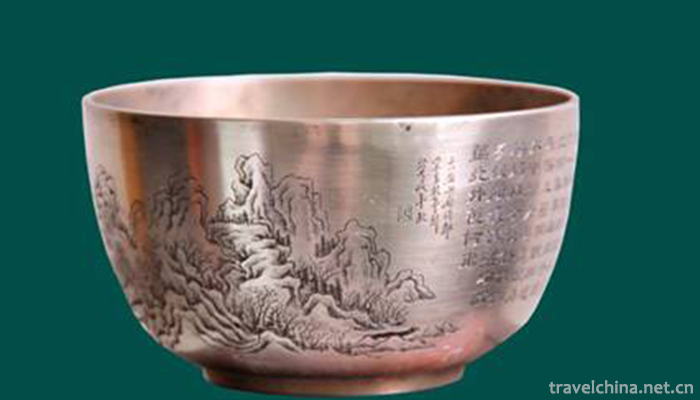
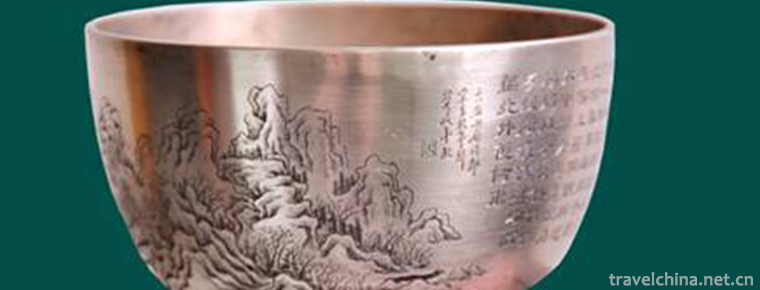
Cutting Copper Dus Cutting Copper
-
Tangwang River Linhai Qishi Scenic Area
Tangwanghe Linhai Qishi Scenic Area is located in Tangwanghe District, Yichun City, Heilongjiang Province.
Views: 172 Time 2018-12-05 -
Taer Temple Scenic Area Xining City
Tar Temple, also known as Tar Temple, was founded in the 10th year of Hongwu Ming Dynasty (1377). Named after the Great Silver Pagoda built in memory of Zongkaba, the founder of the Yellow Religion
Views: 151 Time 2018-12-12 -
Bezeklik Thousand Buddha Caves
The Qianfo Cave in Bozikrik is located on the cliff on the West Bank of the Wood Trench, 45 kilometers east of Turpan City, Xinjiang. There are 83 caves and 57 caves
Views: 145 Time 2019-01-02 -
Shandong Tianyu Natural Museum
Shandong Tianyu Natural Museum is located in the western section of Lianhuashan Road, Pingyi County, Linyi City, Shandong Province. It is the largest natural geological museum and the largest dinosaur
Views: 781 Time 2019-02-08 -
Shenyang Palace Museum
The Shenyang Palace Museum, originally a royal palace built and used in the early Qing Dynasty, was built in 1625 (five years from tomorrow, ten years after the fate of the golden emperor).
Views: 131 Time 2019-02-08 -
Dabie Mountain Folk Songs
Dabie Mountain folk song is a traditional folk song widely circulated in the west of Anhui Province. With the unique regionality of the interdependence of mountains and rivers
Views: 259 Time 2019-04-23 -
Hexi treasure roll
Hexi Baojuan, a traditional folk literature in Liangzhou District of Wuwei City and Suzhou District of Jiuquan City, Gansu Province, is one of the national intangible cultural heritages.
Views: 133 Time 2019-05-03 -
Wooden drum dance
Wood drum dance is a kind of folk dance that is spread among the Miao, Yi and Wa people in southwest China to dance and sacrifice by beating wood drum. Its drum shape is mostly to intercept the trunk
Views: 216 Time 2019-06-06 -
Laozi Shandong Province
Shandong Laozi is a traditional opera art form which spreads in Shandong Province. It evolved from the ancient "lotus flower falls". Laozi instruments are mainly cymbals (commonly known as G
Views: 173 Time 2019-06-13 -
Sizhou opera
Sizhou Opera is one of the four major operas in Anhui Province. Its original name is Lahun Opera. It has a history of more than 200 years. Many people think that it originated in Haizhou, northern Jia
Views: 145 Time 2019-06-16 -
Beijing Wuzi University
Beijing Wuzi University is a public institution of higher learning which is characterized by logistics and circulation, based on economic disciplines, with management disciplines as its main branches,
Views: 325 Time 2019-09-06

